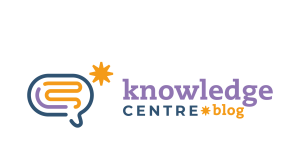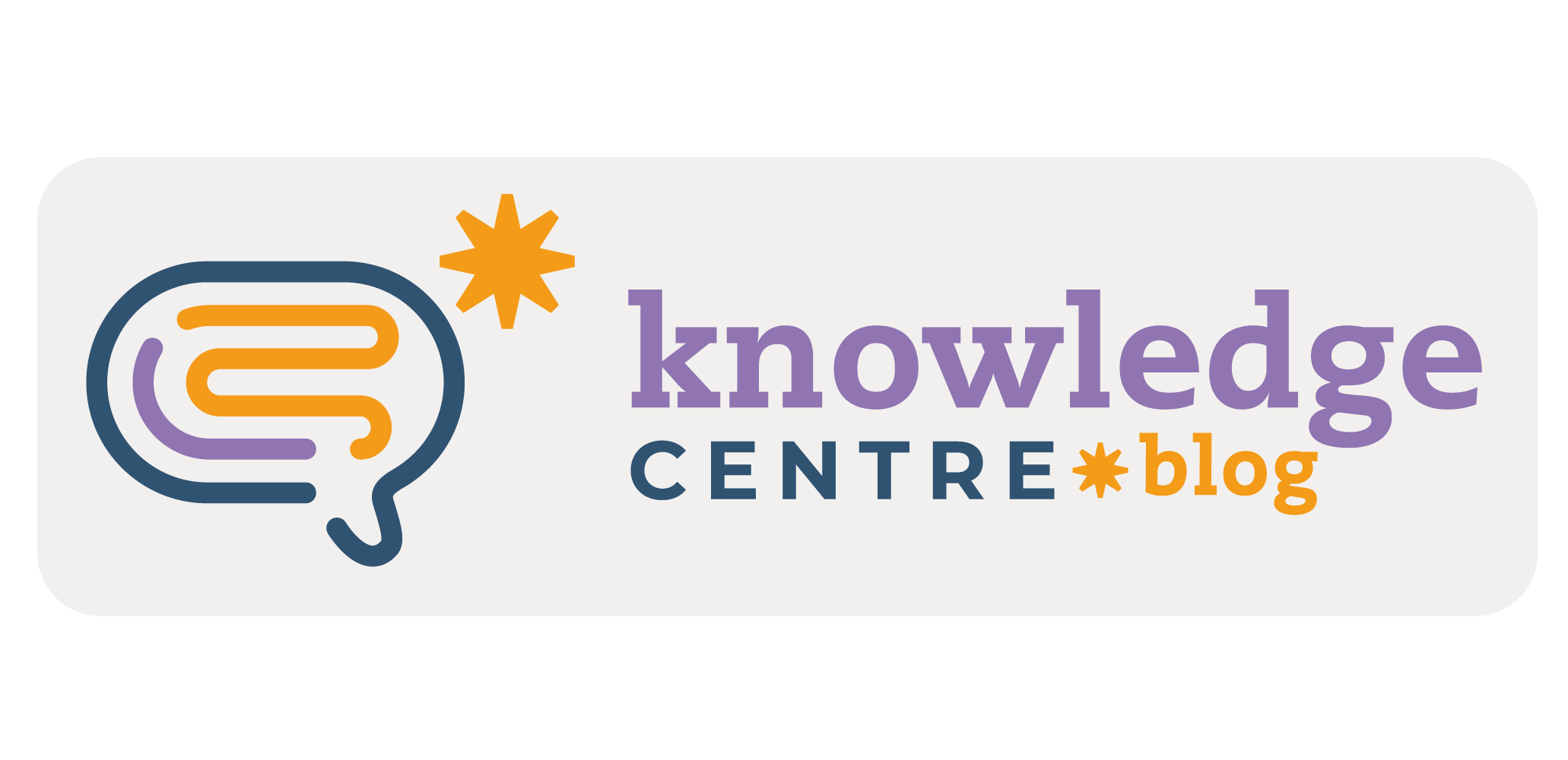Content and Language Integrated Learning – or CLIL, as it is usually referred to, is an approach that has its pillars in authenticity and diversification of learning in which learning the subjects will bring real-life, authentic use of language. Also, it accounts for the integration of English into the curriculum, increase in exposure to English, different perspectives and multicultural attitudes, increase in vocabulary and improvement of oral skills (Ur, 2012). Students are likely to learn more if they are learning a language to accomplish concrete tasks and learn new content, as stated by Mehisto, Marsh & Frigols (2008).
These aspects follow what Krashen (1982) calls comprehensible input hypothesis, that is, learners need to be exposed to language that is a level beyond their current level so acquisition can happen. This input must come from authentic sources of language such as books, songs, social media posts, news, etc. Yet, the kind of input provided by the teacher through modelling, scaffolded sentences and interaction with students is somehow crucial for students to be aware of everything they are being exposed to.
When it comes to CLIL, texts and recordings made to teach content such as science, math or history are authentic materials once they have not been graded in terms of language and their primary purpose is not related to teaching language. A lot of teachers are not aware of that and sometimes question the use of such materials stating that they are too difficult for their students. It may be hard to turn from the curriculum offered in language institutes where students had a grammar sequence to be learnt. However, the main point here is not in the sequence per se, but rather on how meaningful and relevant the grammar and vocabulary learned is to the student for that particular activity. The question here then lies in how you teachers are helping your students notice language from the input they have been given. This process happens either by the learner’s needs to understand and express themselves or a lesson planned by the teacher. For example, in a history lesson, students are exposed to the simple past form of verbs so often that they eventually assimilate the structure, even though this was not the primary focus. In another scenario, the teacher can draw students’ attention to the form of the verbs and make them notice the language patterns.
So far, we have focused on the importance of input and noticing language. However, we cannot discuss language acquisition without referring to output, more specifically Swain’s (1985) pushed output hypothesis. That is, when it comes to teaching, the output required from students should not be solely simple, but rather more complex as well. It is important to bear in mind that students should be offered meaningful and relevant opportunities to express themselves using structures or vocabulary that is somehow beyond what they already know, since those situations will more likely make language stick, help students notice the language and make attempts with their new knowledge. After all, as Clegg (2000) claims, it is only by talking about something we are learning that we will have the chance to develop that new concept or even structure. We cannot say for sure a concept has been developed until we start using it. This way students can better evaluate how much they know or not about the topic or language usage.
Oftentimes, students are exposed to language in class that is not built upon, be it orally or in written form. Even though the building blocks are provided systematically, teachers also respond to students’ immediate linguistic needs when they arise. Therefore, even though some concepts may be checked and teachers may take that as marks of understanding and development, more should be done regarding the language. That is, students may have indeed reached the level of understanding, but it is a matter of what you teachers aim at achieving with those students. After all, they may still not have the structures needed to express themselves in that context despite their understanding of the topic. Or rather, they may transfer their knowledge in their mother tongue to the English context, still lacking the language necessary to interact with it in the target language. Due to the still few opportunities for students to try out new language and be able to broaden their repertoire through usage of new vocabulary and structures, they are to have their progress limited to what is known as lower order thinking skills. For this reason, once planning is taking place, teachers should bear in mind how they build on their students’ output, so as to encourage them to try out new language when discussing specific subject topics, enabling students to deepen their knowledge and feel more confident regarding English usage.
We would like to finish this post with a couple of questions for reflection: how much have you teachers prepared your lessons so as to help students build on the new language they may use in class? How often are they faced with opportunities – be it through speaking or writing – to put into practice all the input you have been offering them? Please share your insights and ideas with us in the box below!
References
Ball, P., Kelly, K. & Clegg, J. (2015). Putting CLIL into Practice. First Edition. OUP.
Muñoz, C. (2007). CLIL: Some Thoughts on its Psycholinguistic Principles. Barcelona University.
Nunan, D. (1988). The Learner-Centred Curriculum. CUP
Ortega, L. (2009). Understanding Second Language Acquisition. Routledge.
By EDC








